Women Poets and Lyricists in History
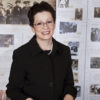
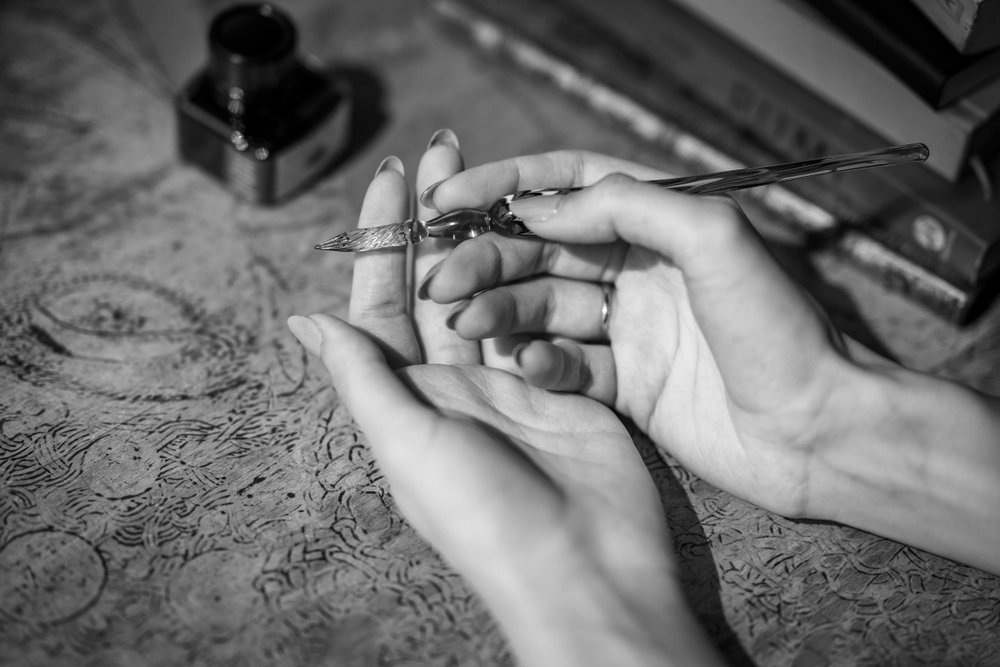
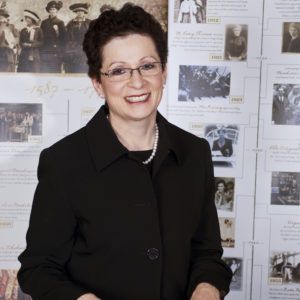
Jill S. Tietjen, PE, is an author, national speaker, and…
Over the course of our lives, we learn poems, songs, and hymns without thinking about the authorship or wondering about which ones were written by women. Mary Had a Little Lamb, Over the River and Through the Wood, Battle Hymn of the Republic, American the Beautiful, and many others that are famous and well-loved hymns were written by women. Let’s discover some of these accomplished women poets, lyricists, and songwriters.

An author and activist for anti-slavery, women’s rights and Native American rights, Lydia Maria Child also wrote poems including Mary Had a Little Lamb and Over the River and Through the Wood. After receiving an education at a dame school (a small village school taught by a woman in her own home), and a seminary, Child taught before publishing her first novel in 1824. It sold well as did her 1825 novel, and she started a monthly magazine for children, Juvenile Miscellany, in 1826, which made her almost a household name. Mary Had a Little Lamb was published in 1830 and set to music that same year. Fascinatingly, it was the first audio recorded by Thomas Edison in 1877 when he invented the phonograph. Child’s 1829 book, The Frugal Housewife, contained recipes as well as advice for women who were running their own households. It went through 33 editions and popularized pumpkin pie, as well as scalloped oysters. Much of her writing was related to her activism for human rights. Child has been inducted into the National Women’s Hall of Fame.

Probably the most prolific hymn writer in history, Fanny Crosby is known to have written over 8,000 hymns – including many that have been described as the best-loved and most well-known. She often wrote six or seven a day, using many pseudonyms – because, otherwise all of the credits in the hymnals would be to Fanny Crosby! Blinded shortly after birth, Crosby was able to attend the New York Institute for the Blind as a student and then she stayed for many years as a teacher. By the time she was 23 years old, Crosby was making friends with U.S. Presidents, most notably Grover Cleveland, who had served as the secretary for the Institute for the Blind prior to his election. Crosby’s husband (and church organist), Alexander van Alstine, wrote the music for many of her hymns although she played the piano, harp, guitar and other instruments. An apparent ‘whiz,’ in 1868, Crosby wrote “Safe in the Arms of Jesus” in less than 35 minutes for a musician who needed words for his tunes and whose train left in 35 minutes. Others of her famous hymns include Blessed Assurance and To God Be The Glory.

Like Lydia Maria Child, Julia Ward Howe’s accomplishments spanned many areas of endeavor. Her love for poetry was established during her childhood and she was published anonymously in literary magazines by the time she was twenty. During the Civil War, Howe worked with the U.S. Sanitary Commission which advocated for cleanliness for soldiers and hospitals. Her Battle Hymn of the Republic was published in the Atlantic Monthly magazine in 1862, bringing her fame, and becoming the Civil War anthem for the Union. She established and led many women’s organizations and founded suffrage organizations in New England. Howe cofounded the American Woman Suffrage Association, one of the two major women’s organizations advocating for suffrage from 1869 to 1890. Also a peace advocate, Howe was the first woman elected to the American Academy of Arts and Letters (1908). She has been inducted into the National Women’s Hall of Fame.
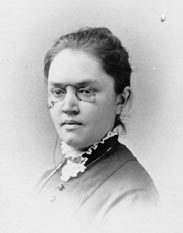
America the Beautiful, Katherine Bates’ poem, was first published in 1895 in the weekly journal The Congregationalist. She had written it in the summer of 1893 while she was teaching for the summer at Colorado College in Colorado Springs. There, looking at the Rocky Mountains, she was inspired and jotted down some words in her journal. She then forgot about this for a while, until she was back at Wellesley College where she was a Professor of English Literature. The poem was almost immediately set to music and brought her much attention. She rewrote some of the stanzas in 1904 to simplify the phrasing and text. Bates earned her undergraduate degree as well as her masters at Wellesley and served as a professor there from 1880 to 1925. She is a founder of the field of American Literature, developed one of the first college courses on the subject, and wrote the genre’s textbook. Founder and president of the New England Poetry Club, Bates said about her poem, “That the hymn has gained, in these twenty odd years, such a hold as it has upon our people, is clearly due to the fact that Americans are at heart idealists, with a fundamental faith in human brotherhood.”
Women participate and contribute to every area of our lives including in poetry and lyrics for songs and hymns. The women profiled above and many other women, almost all of whom we have not heard about nor learned about in school, across all fields of endeavor, are profiled in our book, Her Story: A Timeline of the Women Who Changed America. Help us by continuing to tell women’s stories. Write women back into history!
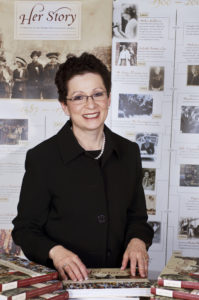 Jill S. Tietjen, PE, is an author, national speaker, and an electrical engineer. After 40 years in the electric utility industry, her professional focus is now on women’s advocacy, worldwide. She blogs for The Huffington Post, speaks nationally on the accomplishments of women, nominates women for awards, and continues to write books (8 published to date), following in the footsteps of her bestselling and award-winning book, Her Story: A Timeline of the Women Who Changed America (written with Charlotte Waisman). She is a frequent keynote speaker as her positive energy and her ability to relate to the audience result in inspired and energized listeners. The recipient of many awards, her induction into the Colorado Women’s Hall of Fame in 2010 remains one of her most treasured.
Jill S. Tietjen, PE, is an author, national speaker, and an electrical engineer. After 40 years in the electric utility industry, her professional focus is now on women’s advocacy, worldwide. She blogs for The Huffington Post, speaks nationally on the accomplishments of women, nominates women for awards, and continues to write books (8 published to date), following in the footsteps of her bestselling and award-winning book, Her Story: A Timeline of the Women Who Changed America (written with Charlotte Waisman). She is a frequent keynote speaker as her positive energy and her ability to relate to the audience result in inspired and energized listeners. The recipient of many awards, her induction into the Colorado Women’s Hall of Fame in 2010 remains one of her most treasured.
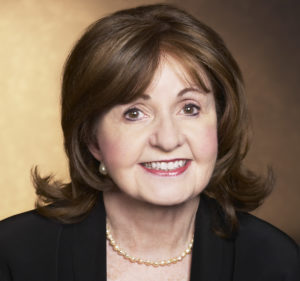 Charlotte S. Waisman, Ph.D. is a national champion and advocate for women as a professor and keynote speaker. A corporate leader, executive coach, and facilitator, she conducts leadership workshops nationally.
Charlotte S. Waisman, Ph.D. is a national champion and advocate for women as a professor and keynote speaker. A corporate leader, executive coach, and facilitator, she conducts leadership workshops nationally.
Author: Jill Tietjen
Jill S. Tietjen, PE, is an author, national speaker, and an electrical engineer. After 40 years in the electric utility industry, her professional focus is now on women’s advocacy, worldwide. She blogs for The Huffington Post, speaks nationally on the accomplishments of women, nominates women for awards, and continues to write books (8 published to date), following in the footsteps of her bestselling and award-winning book, Her Story: A Timeline of the Women Who Changed America (written with Charlotte Waisman). She is a frequent keynote speaker as her positive energy and her ability to relate to the audience result in inspired and energized listeners. The recipient of many awards, her induction into the Colorado Women’s Hall of Fame in 2010 remains one of her most treasured.

Jill S. Tietjen, PE, is an author, national speaker, and an electrical engineer. After 40 years in the electric utility industry, her professional focus is now on women’s advocacy, worldwide. She blogs for The Huffington Post, speaks nationally on the accomplishments of women, nominates women for awards, and continues to write books (8 published to date), following in the footsteps of her bestselling and award-winning book, Her Story: A Timeline of the Women Who Changed America (written with Charlotte Waisman). She is a frequent keynote speaker as her positive energy and her ability to relate to the audience result in inspired and energized listeners. The recipient of many awards, her induction into the Colorado Women’s Hall of Fame in 2010 remains one of her most treasured.


